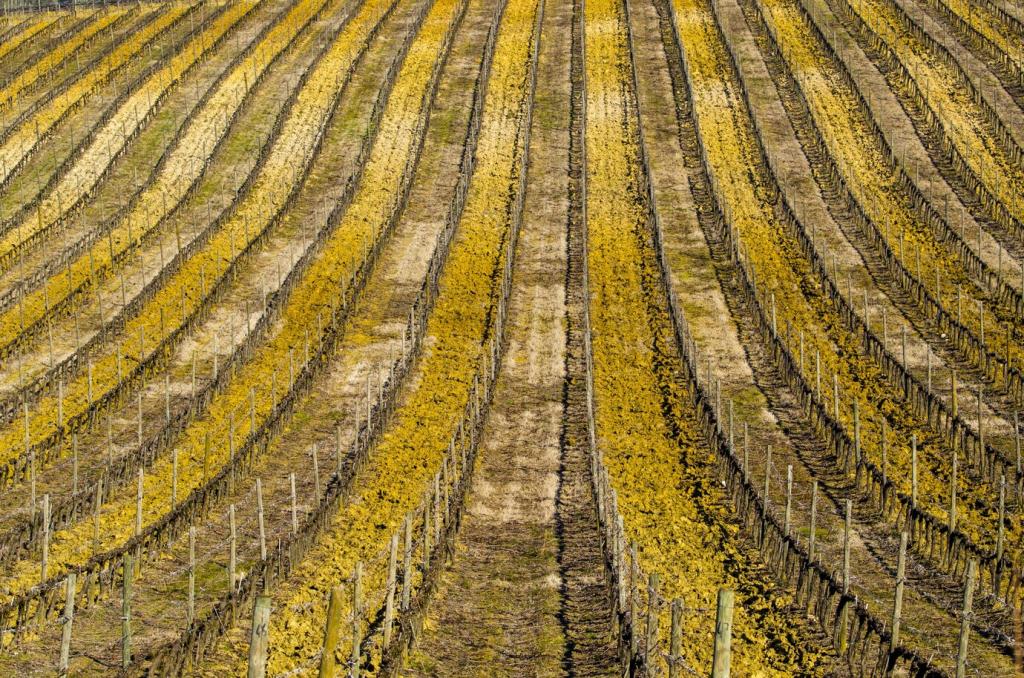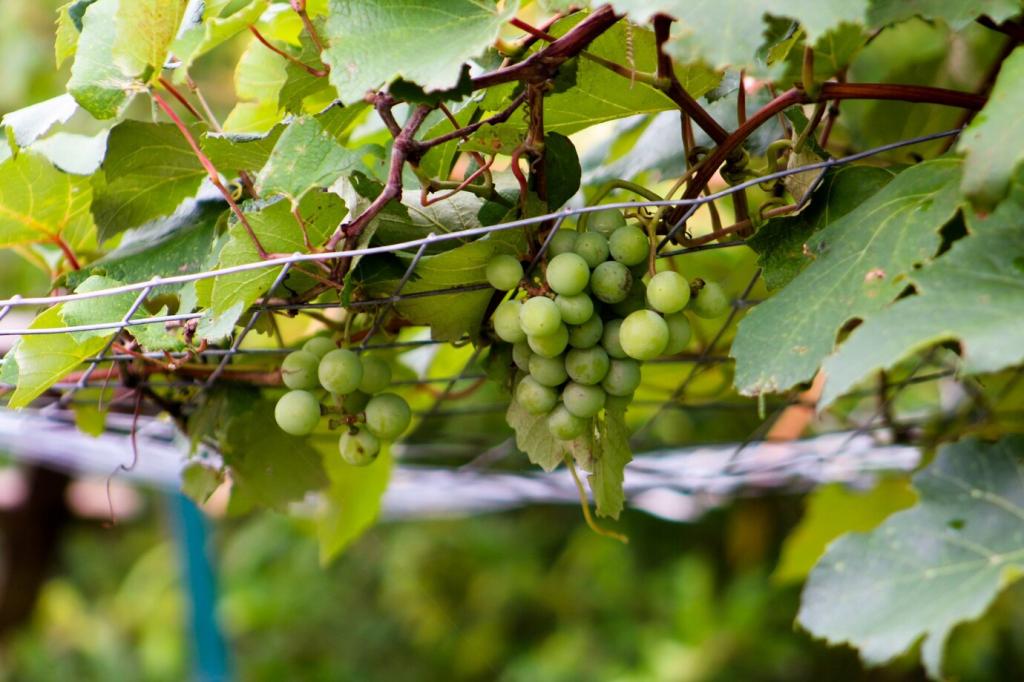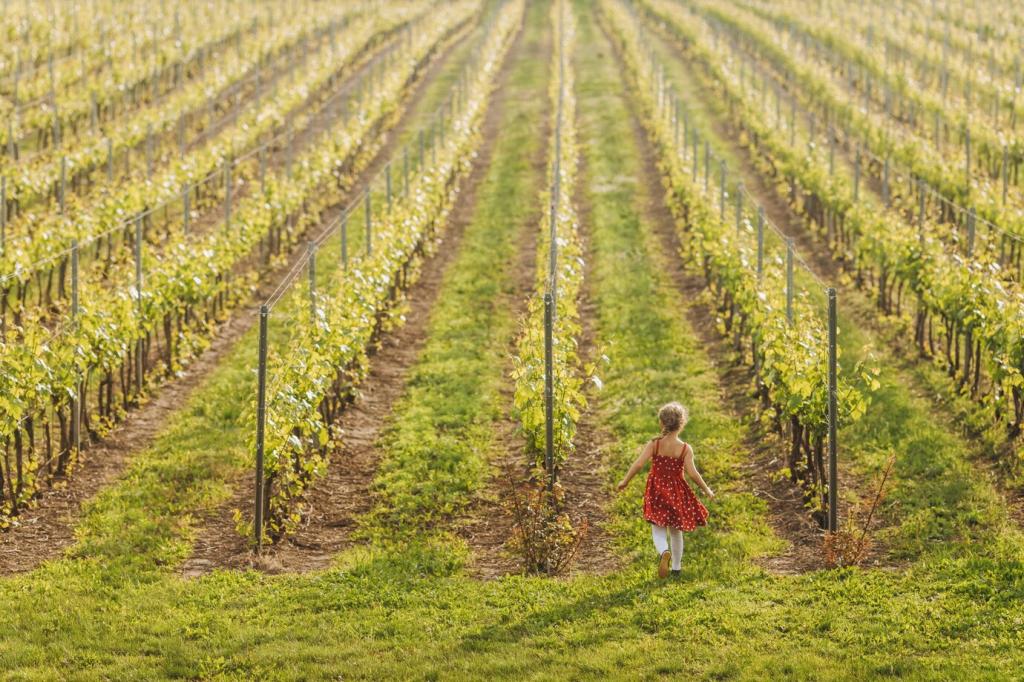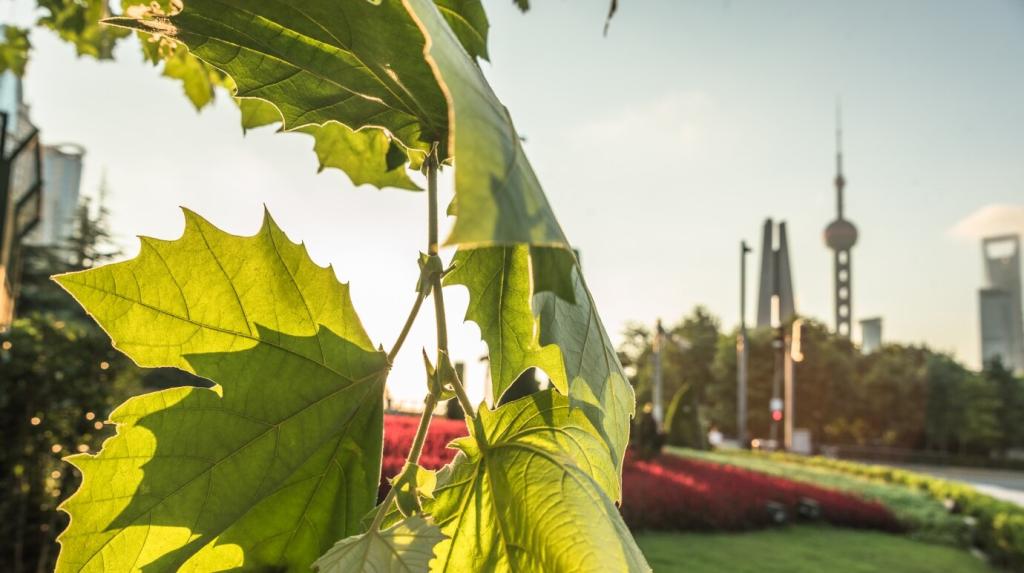The Role of Biodynamic Farming in Sustainable Viticulture
Biodynamic farming has become a transformative approach in viticulture, offering new pathways to sustainability by integrating organic practices with a holistic, ecological focus. This method emphasizes the interconnectedness of soil, plants, animals, and the wider environment, treating the vineyard as a living organism. In recent years, winemakers are increasingly turning to biodynamics to improve soil health, grape quality, and the resilience of their vines while reducing environmental impact. This page explores how biodynamic principles are shaping the future of sustainable wine production, fostering a harmonious balance between nature and human intervention for the benefit of vineyards and the larger ecosystem they inhabit.

The Spiritual and Ecological Framework
Central to biodynamic farming is the belief that soil, plants, and animals form an interconnected web of life. Steiner’s philosophies advocate for the integration of these components, encouraging farmers to perceive their land as a complete organism. Regular preparations made from minerals, herbs, and animal manure are applied to the vines and soil, aiming to stimulate natural processes that promote nutrition and disease resistance. By respecting the rhythms of nature, including lunar and cosmic cycles, growers create an environment where each aspect of the vineyard works synergistically, enhancing grape quality and overall vineyard well-being.

Biodynamic Preparations and Composting
Biodynamic preparations are the signature feature that distinguishes this approach from other forms of organic agriculture. These medicinal concoctions, made from fermented plant material, animal manure, and minerals, are used to treat compost, soil, and vines. Preparation 500, for example, involves cow manure fermented in a cow horn and buried in the soil over winter. Such practices infuse the vineyard with life forces thought to boost soil fertility, stimulate plant vitality, and aid in disease prevention. Composting programs are also integral, recycling organic waste into nutrient-rich humus that replaces synthetic fertilizers and supports a thriving soil ecosystem.
Enhancing Vineyard Ecosystems and Soil Health

Revitalizing Soil Life
In biodynamic vineyards, promoting a vibrant population of soil organisms is fundamental to sustainability. Rather than relying on chemical fertilizers or pesticides, growers utilize cover crops, green manures, and compost to enhance organic matter and nutrient content. These additions feed earthworms, bacteria, fungi, and other soil dwellers, forming complex networks that break down organic matter and make nutrients available to vines. The increased microbial activity also helps buffer the effects of drought and disease, resulting in healthier, more resilient soils that require fewer interventions. This strong foundation underpins the overall sustainability of biodynamic viticulture.

Supporting Beneficial Flora and Fauna
Biodynamic farming encourages the proliferation of diverse plants and animals within the vineyard ecosystem. Interplanted flowers, hedgerows, and insectary plants attract pollinators, predatory insects, and wildlife that help manage pests naturally. The presence of sheep, chickens, or other livestock contributes manure and aids in weed control, further reducing the need for synthetic inputs. This blend of flora and fauna not only supports robust vine growth but also creates a balanced environment where pests and diseases are less likely to take hold, leading to healthier crops with reduced environmental impact.

Cultivating Terroir through Biodiversity
Biodynamic viticulture’s emphasis on biodiversity extends beyond practical benefits to influence the very character of the wine produced. By nurturing unique plant and microbial communities specific to each plot, growers amplify the expression of terroir—the sense of place conveyed by a wine. Biodynamic soils tend to produce grapes with distinctive flavor profiles and greater complexity, attributed to the interplay between vines and their environment. As a result, wines from biodynamic vineyards often showcase heightened aromatic intensity, structure, and ageability while reflecting their origins with clarity and authenticity.
Eliminating Synthetic Inputs
One of the principal environmental benefits of biodynamic farming lies in its rejection of synthetic fertilizers, herbicides, and pesticides. These inputs, commonly used in conventional viticulture, have been linked to soil degradation, water contamination, and loss of biodiversity. By eschewing these substances, biodynamic growers protect both their land and the wider ecosystem from chemical residues. Instead, they utilize natural pest control and fertilization methods, including compost teas, biodynamic sprays, and cultural measures such as crop rotation and cover cropping, ensuring the vineyard ecosystem remains healthy and regenerative.
Mitigating Soil Erosion and Water Use
Biodynamic practices actively combat two major sustainability challenges faced by modern viticulture: soil erosion and excessive water use. Initiatives such as permanent cover cropping, mulching, and reduced tillage anchor soil and retain moisture, preserving the vineyard’s vital topsoil. Biodynamic compost enhances the water-holding capacity of soil, limiting irrigation needs and making vines more drought-resilient. This thoughtful stewardship of soil and water resources allows biodynamic farms to thrive even amid changing climate conditions, making them models of environmental resilience.
Creating Closed-Loop Systems
A defining feature of biodynamic farming is the creation of self-sustaining, closed-loop systems that minimize external inputs and waste. By recycling vineyard prunings, grape pomace, and livestock manure into compost, farmers close the nutrient cycle and avoid importing synthetic products. The integration of animals, rotational plantings, and on-farm renewable resources further reduces the carbon footprint of wine production. Such innovations exemplify a commitment to sustainability that extends beyond the vineyard, signaling a shift toward holistic, regenerative agriculture that benefits the entire ecosystem.
